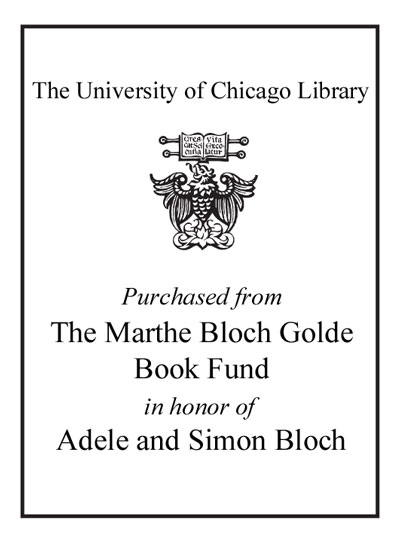Review by Choice Review
This book is a comparative study of several forms of servitude that have existed since 1500 and their roles in the process of modernization through the labor provided during early capitalism. Bush first discusses the forms of servitude beginning with a comparison of slavery, indentured service, debt bondage, and penal servitude and ends with a separate treatment of each. He moves on to the emergence and development of white servitude in the Americas, slavery in the New World, European serfdom, and Islamic slavery. Next, he discusses the abolition of serfdom and the continued forms of servitude, concluding with an essay on the significance of modern servitude. Bush rejects the accepted neo-abolitionist view of the powerlessness of the servile that exposed them to extreme maltreatment, arguing that the conditions of servitude were actually created through a continuous process of negotiation between the servile and those who owned their time and labor. Through comparison and contrast, Bush reveals the similarities and differences of forms of servitude, noting that in practice, slavery appears to have been much less harsh and, the slaves less victimized, than depicted by 19th-century abolitionists. Upper-division undergraduates and above. A. A. Sio emeritus, Colgate University
Copyright American Library Association, used with permission.
Review by Choice Review

